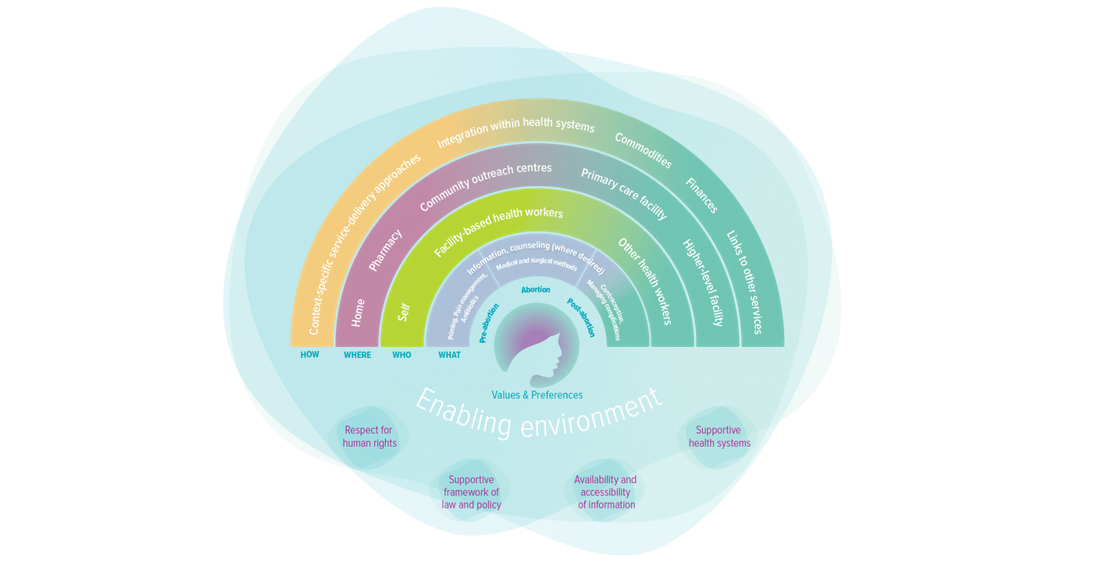For the first time since 2012, the World Health Organization (WHO) has developed and released a new compendium of guidelines on abortion procedures and accessibility. The publication of such an extensive fact sheet speaks to the concerns of doctors and scientists about the situation around abortion in the world.
While in most countries of the world abortion is legal to some degree, there are still about 20 countries where it is completely prohibited, all types of abortion:
- Medical abortion.
- Vacuum abortion.
- Surgical abortion.
Moreover, in most of these countries, abortion, its performance or assistance in performance is punishable by law and carries a fine or arrest. In some countries, such as Poland, Israel, Brazil, Mexico, etc., it is necessary to pass a board and obtain an abortion license in order to have this procedure.
All this leads to an increase in the practice of illegal abortions. According to WHO, 39,000 women die each year because of poorly performed abortions, and millions of women are hospitalized with complications.
The health organization is concerned about the high rates of complications that result from illegal and poor-quality abortions, and the new guidelines aim to improve the situation and help women.
WHO has developed 50 recommendations that cover different aspects and, overall, should help legalize and improve the quality of abortion in the world.
The WHO 2022 abortion guidelines address the topics of:
- Political and legislative barriers that prevent women from making timely and autonomous decisions about abortion;
- Improving education of young people and women about contraception and family planning;
- Providing greater access to medical abortion supplies;
- Disseminating reliable information on abortion methods;
- Changing the approach to abortion in clinics;
- Impermissibility of judging a woman's decision to have an abortion;
- The benefits and harms of telemedicine.
Collectively, all of the recommendations have the purpose of communicating with and helping health centers throughout the world to change the medical and legal regulations that prevent women from being able to terminate a pregnancy while performing procedures of the highest quality. This can guarantee women's health and the possibility of having children in the future.










